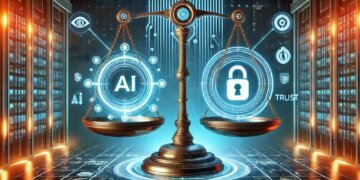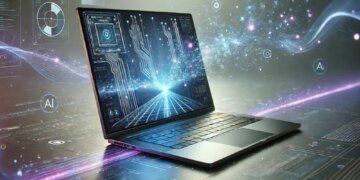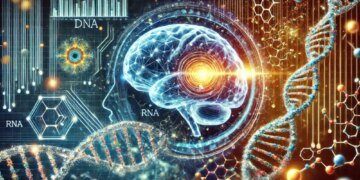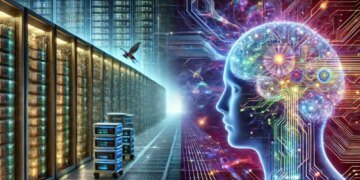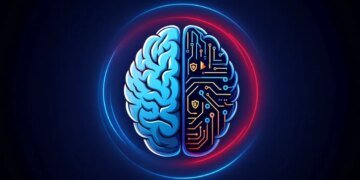How AI is Revolutionizing Education as the Ideal Teaching Assistant
In today’s technological age, AI is transforming how we approach many sectors, with education being a key beneficiary. Teachers and educational institutions are leveraging Artificial Intelligence (AI) to revolutionize learning experiences while making education more accessible and personalized. Let’s explore the multifaceted roles of AI as the ideal teaching assistant globally.
Personalized Learning for Every Student 📚
A chief advantage of embedding AI in education is its capacity for customization. Traditional methods offer a one-size-fits-all education model, which often falls short in meeting individual student needs. AI, however, excels in analyzing each student’s learning preference, pace, and areas of difficulty. Resultantly, AI systems are adept at tailoring educational content, offering students the precise support to thrive academically:
- Adaptive reading materials that align with a student’s reading level.
- Customized practice exercises that target areas of difficulty.
- Interactive modules that cater to unique learning styles.
Through these personalized approaches, students are empowered to excel according to their unique capabilities, building confidence and proficiency along their educational path.
Efficient Grading and Administrative Tasks 📝
The administrative burden teachers face can impede their primary mission: educating and inspiring students. AI comes to the rescue by automating tasks such as grading and administrative logistics. Beyond just making life easier for educators, this also enhances the educational experience for students:
- Automation of grading, especially for objective or multiple-choice assessments.
- Streamlined scheduling and management of learning resources.
- Efficient tracking of student progress and performance metrics.
By minimizing time spent on these tasks, educators can better focus on pedagogical strategies and student interaction, thereby maximizing their teaching potential.
Enhancing Accessibility and Inclusivity 🌍
AI fortifies education by making it more inclusive. Technologies such as speech recognition, natural language processing, and AI-driven tools help students with disabilities access learning environments previously beyond their reach:
- AI-generated captions for students with hearing impairments.
- Screen readers tailored for visually impaired students.
- Translation tools for multilingual classrooms.
Such innovations ensure every student, regardless of ability, is provided an equitable learning landscape, where barriers are removed, and education is accessible to all.
Engaging and Interactive Learning Tools ✨
AI isn’t just a behind-the-scenes helper; it also enlivens the learning experience through interactive tools and platforms. Technologies like Virtual Reality (VR) and Augmented Reality (AR), driven by AI, turn ordinary lessons into engaging journeys:
- Virtual field trips that transport students to ancient worlds and distant lands.
- Simulated labs and experiments in biology or chemistry.
- Interactive 3D models that bring historical artifacts or scientific phenomena to life.
These tools not only make learning more attractive but also deepen student understanding by engaging multiple senses and encouraging exploration.
Real-Time Feedback for Continuous Improvement 🔄
In education, timely feedback is crucial for growth. AI platforms excel in providing real-time evaluations, especially beneficial in iterative learning disciplines such as mathematics and language arts:
- Instant feedback on assignments and quizzes.
- Detailed performance analytics that highlight strengths and areas for improvement.
- Dynamic assessment tools that evolve with student progress.
This perpetual loop of feedback and refinement keeps students motivated, guiding them towards academic success.
Preparing Students for a Technological Future 🚀
AI’s role isn’t limited to improving present-day education; it’s also instrumental in preparing students for future challenges. With AI becoming integral to numerous industries, students acquainted with these technologies early on will find themselves at an advantage in the job market:
- Exposure to AI technologies and principles in classroom settings.
- Development of critical thinking and problem-solving skills.
- Opportunities to engage in coding and AI-based projects.
Equipping students with AI literacy ensures they are not only participants but innovators in the technology-driven workforce of tomorrow.
Conclusion
Artificial Intelligence heralds a new era of educational transformation, functioning as a pivotal teaching assistant. Its capacity to foster personalized, inclusive, and dynamic learning environments means AI is an essential asset to modern education systems. As educators embrace these technologies, the classroom becomes not just a place of learning, but a launchpad for future innovation and discovery. 🌟
Are you ready to harness the power of AI in your classroom? Share your thoughts and experiences on integrating technology into education in the comments below!











